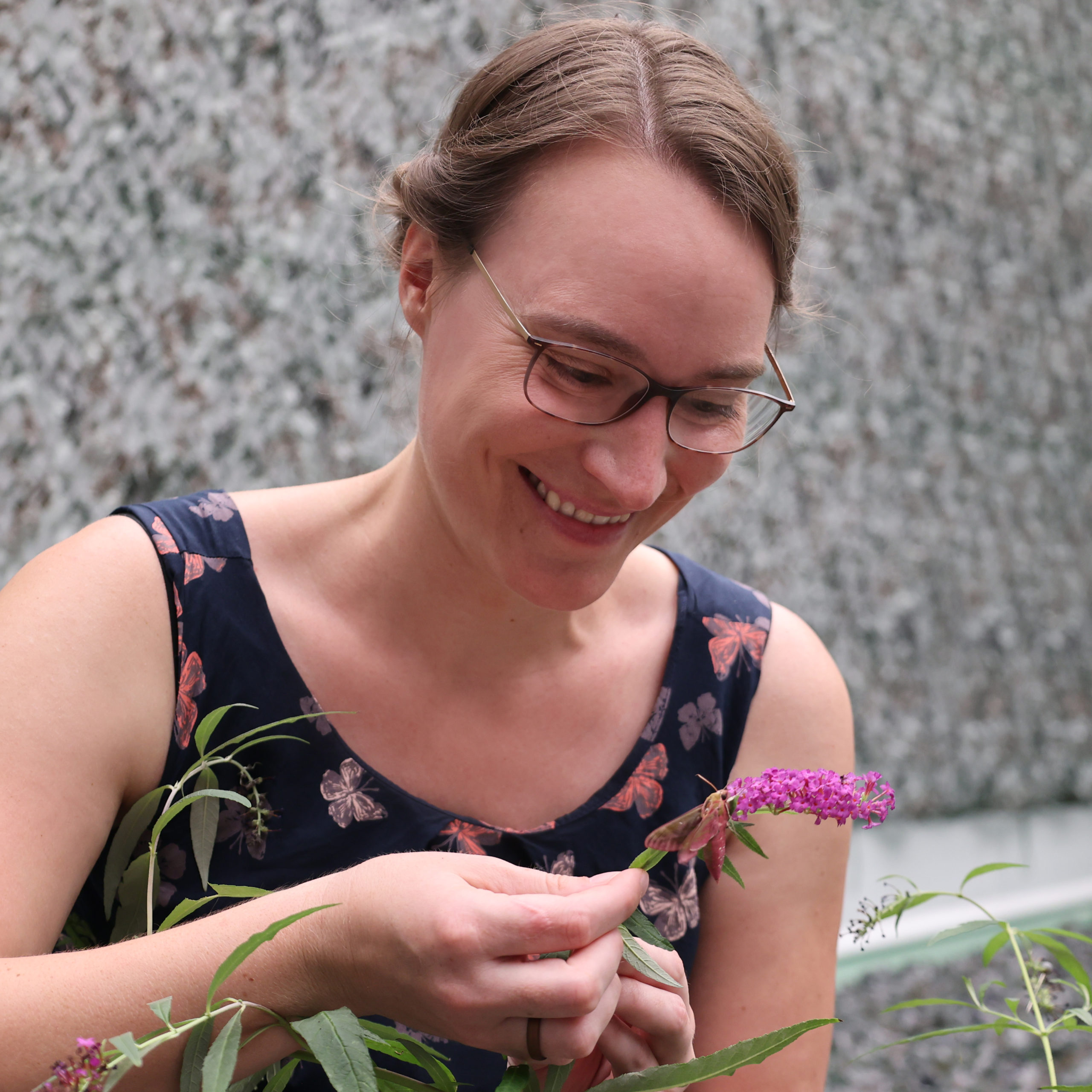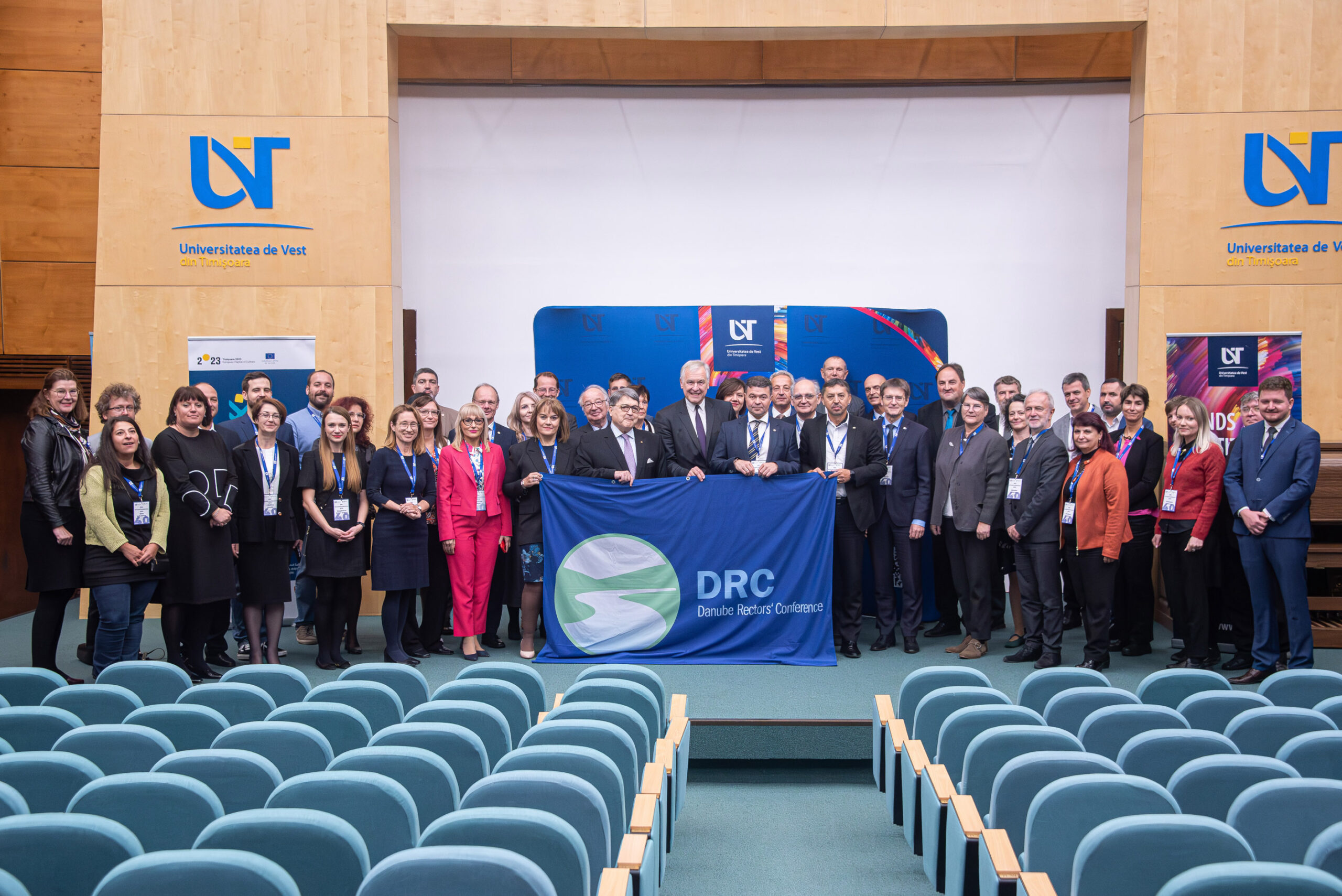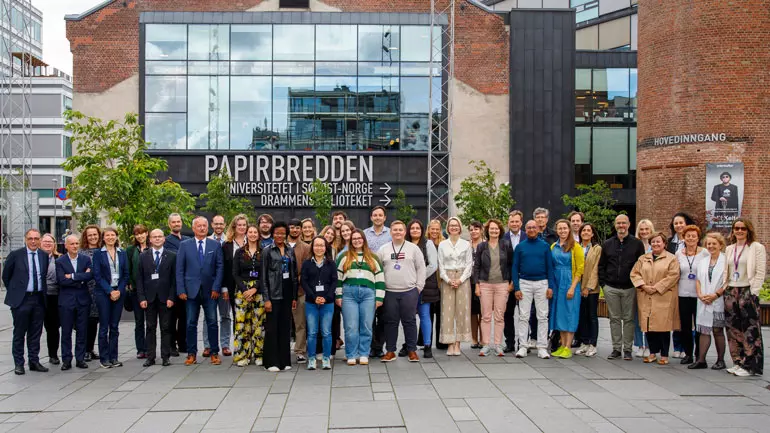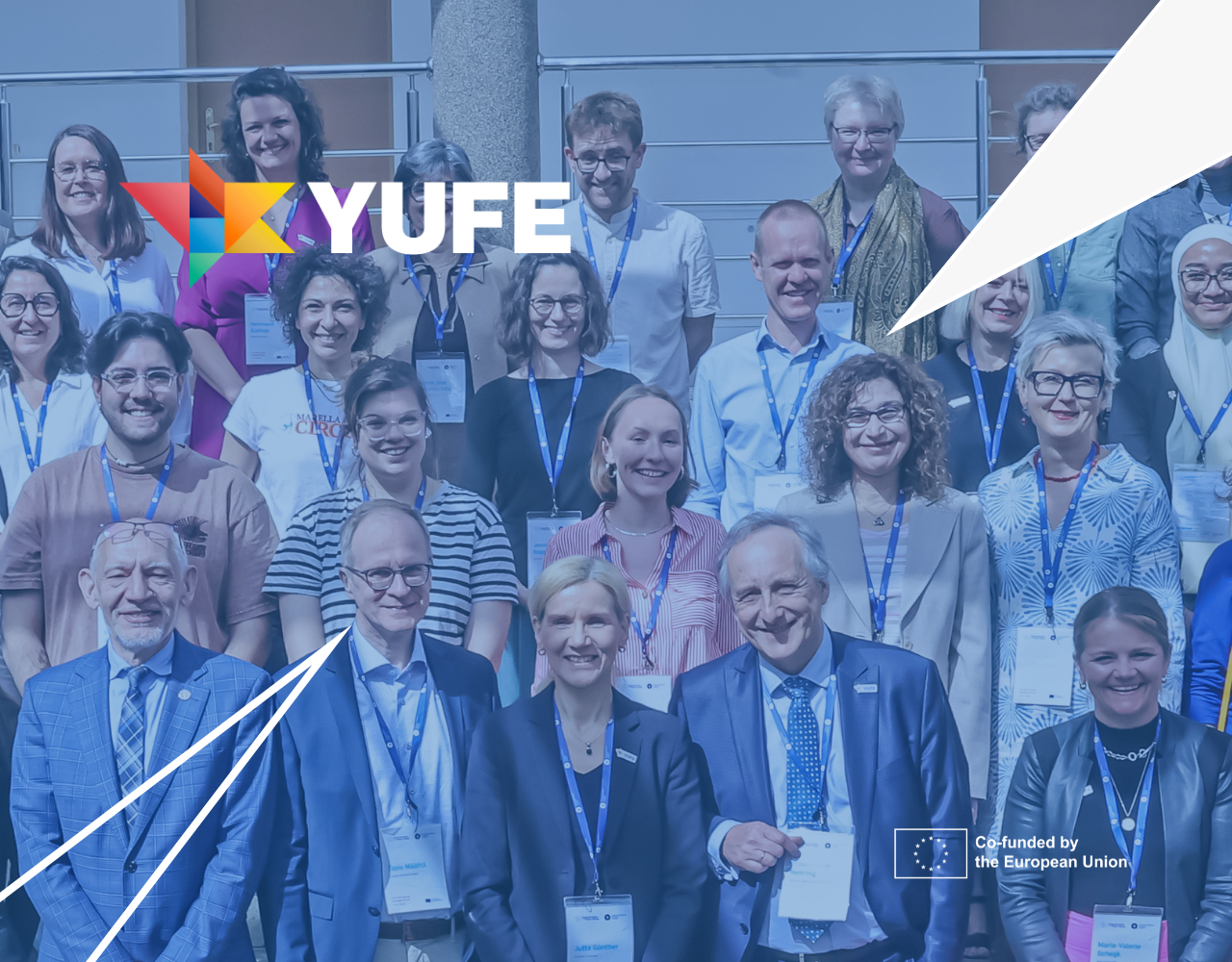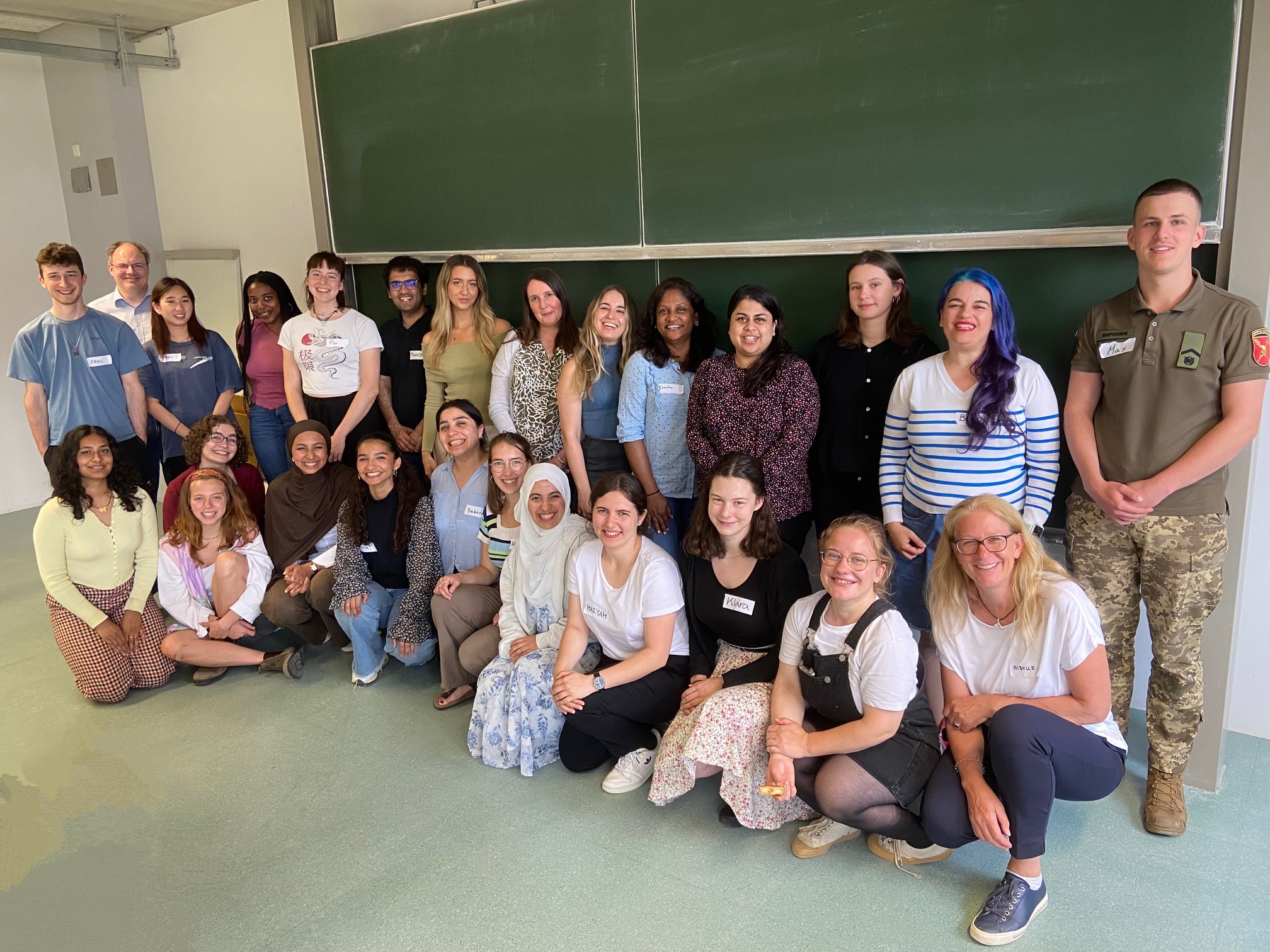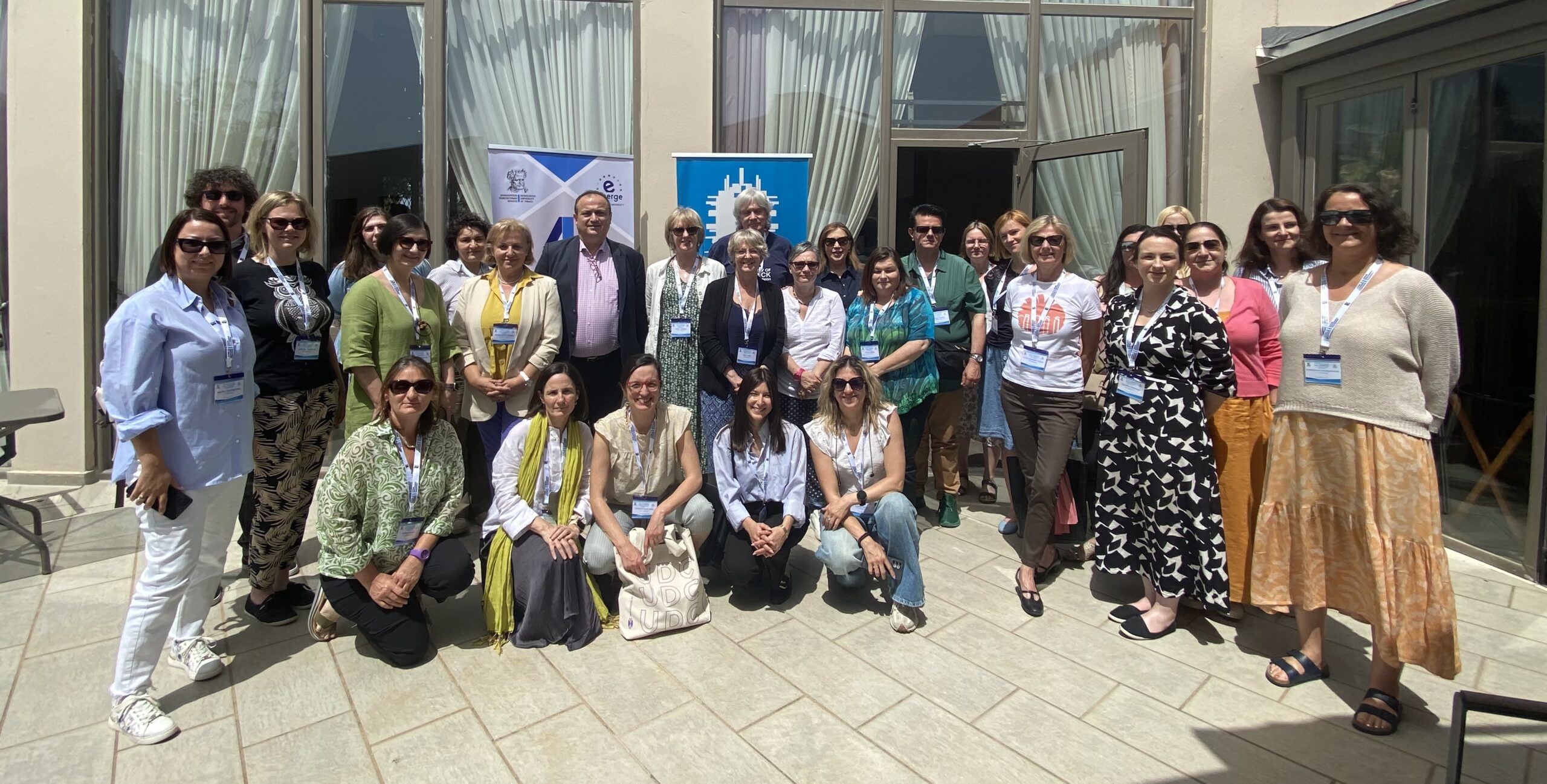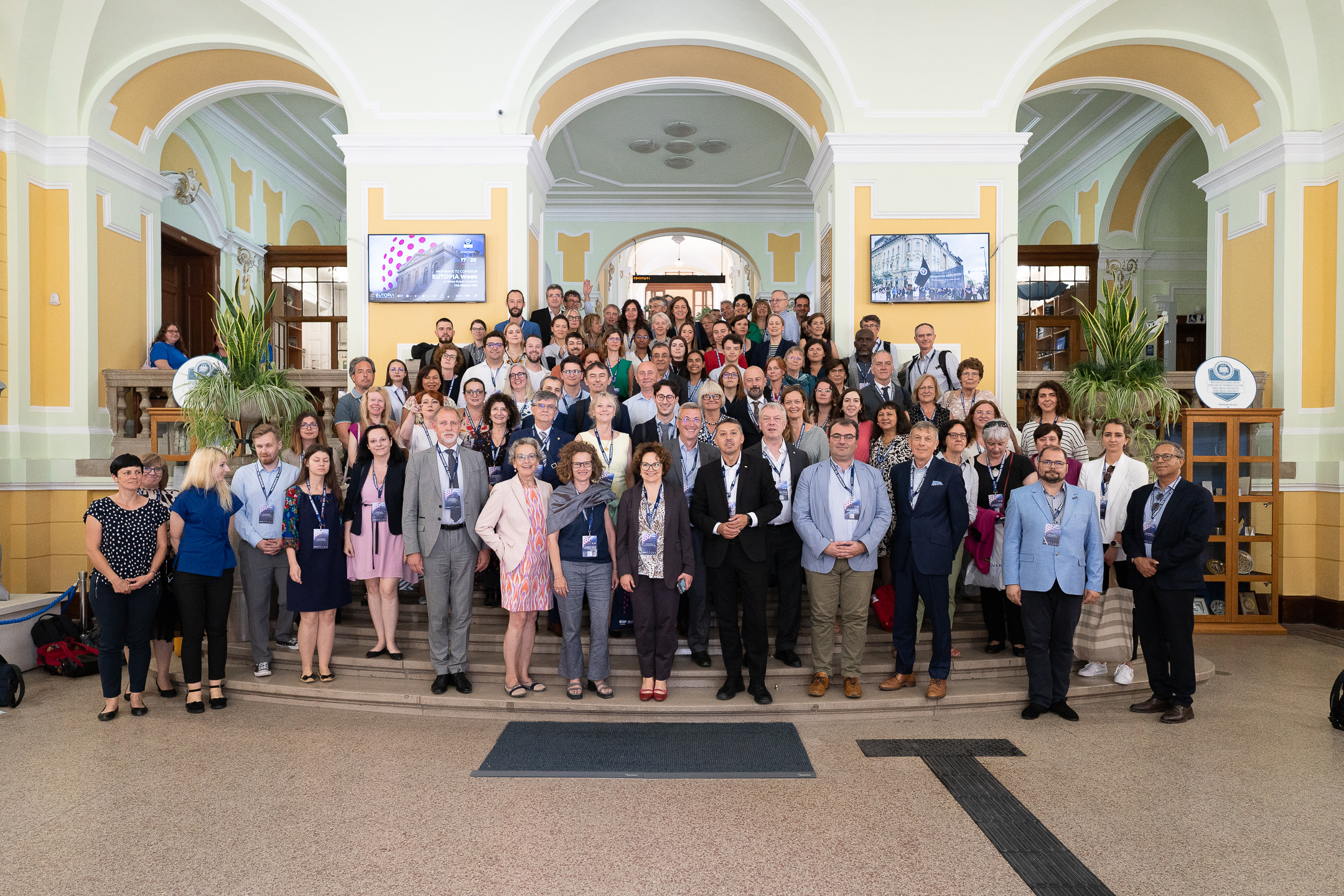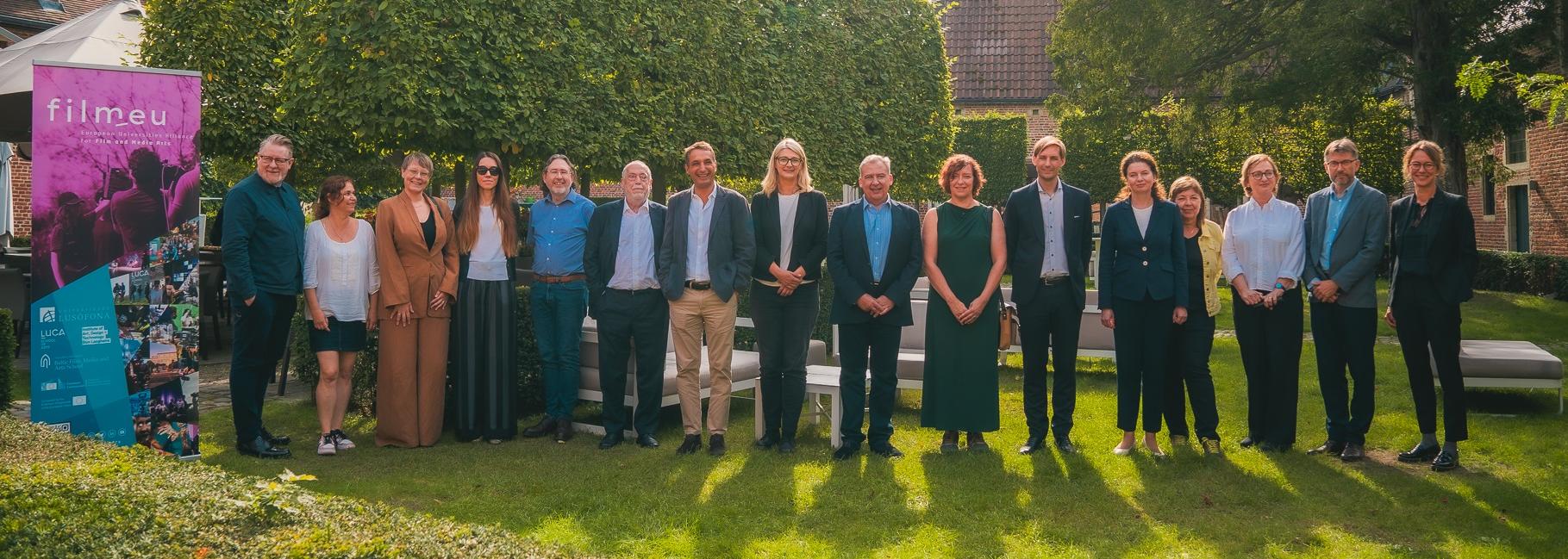How do nocturnal insects manage to navigate at night, despite the challenges that low-light conditions pose to their sense of vision? To answer this question, the European Research Council (ERC) recently awarded a Starting Grant of 1.5 million euros in funding to Konstanz biologist Anna Stöckl for her project “DynamicVision”.
For a moment, let’s follow a moth on its nocturnal journey: as it flies through a garden, it passes lit windows, dips under a shady tree, and crosses a road illuminated by streetlights and the bright lights of cars driving by. During this short period, the nocturnal insect is exposed to multiple sudden changes in brightness that challenge its vision.
In her ERC-funded project “DynamicVision”, Anna Stöckl investigates how insect nervous systems – having only a fraction of the neurons in a human brain – cope with such complex visual conditions during night-time flights. “We can learn a lot from insect nervous systems – for example, how to solve complex computational problems in a way that conserves resources,” Stöckl says. She is a junior professor and leads an Emmy Noether research group at the University of Konstanz.
For her research, Stöckl combines methods from neurobiology and ethology. As part of “DynamicVision”, she and her team will develop and apply a novel camera setup that can detect changes in the visual environment as seen by a flying insect. What is more, Stöckl has access to a special research facility at the University of Konstanz: the Centre for Visual Computing of Collectives (VCC), which also houses the Cluster of Excellence “Centre for the Advanced Study of Collective Behaviour”.
The VCC’s Imaging Hangar – a lab almost as large as a sports gymnasium – enables Stöckl to study insect flight at a scale close to the animals’ natural environment. “Until now, we were restricted to using small spaces for high-resolution tracking of moth flight – giving us limited insight into the animals’ natural flight strategies,” Stöckl says. Large-scale experiments in the Imaging Hangar, on the other hand, will provide new knowledge on the behavioural strategies that moths naturally use to optimize their sensory perception in difficult light conditions.
.
Contact: Anna Stöckl, University of Konstanz, Department of Biology
.
In the picture: Anna Stöckl researches the visually-guided flight of moths
Photocredit: © Elisabeth Böker, University of Konstanz

